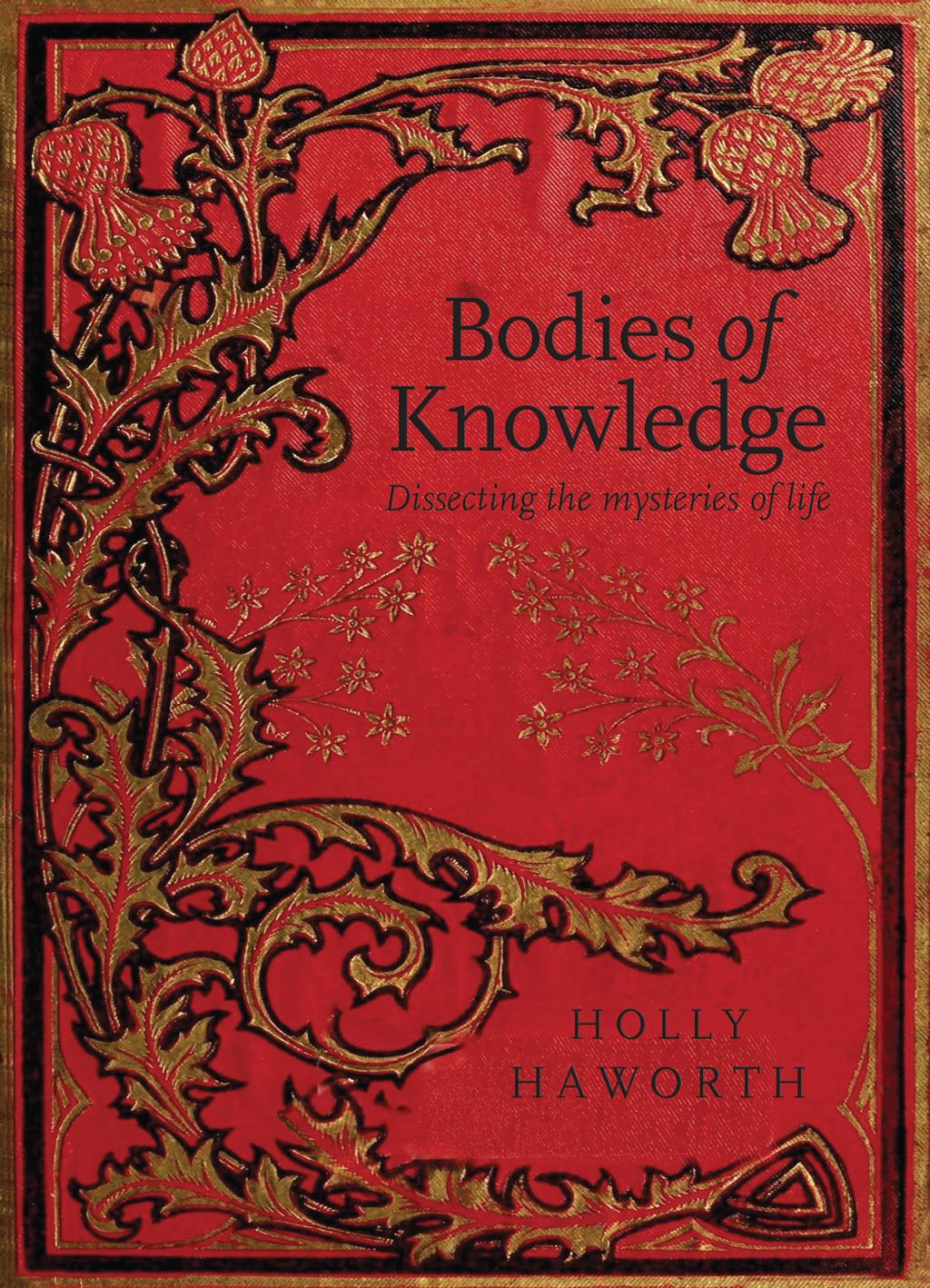
The Dissection
I REMEMBER THE DAY THE FROGS ARRIVED. Each in a separate jar, floating in clear liquid. I remember the sour, pungent smell of formaldehyde, the cold clank of metal trays that Ms. Gibson distributed. I removed the frog from the jar with forceps. I held the scalpel and followed the teacher’s instruction to make an incision into the wet skin of the “specimen” that lay splayed before me. Flayed the skin, pinned it to the mat. Cut away muscle with a pair of sharp scissors. We identified the organs (stomach, small intestine, large intestine, liver, heart, and so on), labeled the diagram we’d been given. Turned in our worksheets, discarded the frogs in plastic bags that went into the garbage. Washed our scalpels, trays, and hands. In less than an hour, the activity was completed.
The objective of the frog dissection—I’ve recently looked up lesson plans—is some variation of: “To learn about the digestive, respiratory, circulatory, and nervous systems of the organism.”
Many of us performed this dissection as adolescents. I have come to see it as a ceremonial rite of passage in our biological education, one of the most vivid teachings we receive in formal schooling on the subject of life as we prepare to enter adulthood. And this passage both induces and signifies a transformation.
If as children we saw a glistening-skinned frog as a wild, complex, and strange living being, a wholly unfathomable sensorium different than the human, one that beckoned us into curiosity about the mysterious web of relations into which our own life was woven, then the dissection of the frog marks the time we are told to put away childish things.
We did once see the frog that way, though the memory is now hazy due to the success of our education. To dissect means “to cut into pieces.” The dissection is an exercise in reductionism. It diminishes life to simple and visible parts and trains us to treat creatures as machines fully knowable by their “systems.”
It is a role-playing rite, a performance that reenacts the acquisition of scientific tools as an exit from the Dark Ages and an entry into the brightness of a human intelligence capable of solving life’s long-standing mysteries. The flooding with fluorescents of the frog’s hidden interiors and the labeling of worksheets are requisite steps toward becoming rational adults in a technologically advanced civilization in which any remaining uncertainties about life’s workings are simply yet to be solved by us, the privileged species that wields the scalpel.
In a journal called The American Biology Teacher, an advocate for dissection writes that when she had to take apart her first animal in the classroom, a mouse, she at first thought it was “yucky.” But when she made the first incision, she understood “that the world was a rational place.” Her account of taking up the scalpel is a coming-of-age story, just as the scientific revolution is considered the coming of age of Western culture, and just as the Indigenous inhabitants of the continent, who seemed to perceive that life as a whole encompassed our own so vastly and unknowably that they did not have words for “nature,” were considered childish.
When we dissect, we cut through the foggy mists in which the frog lived long


